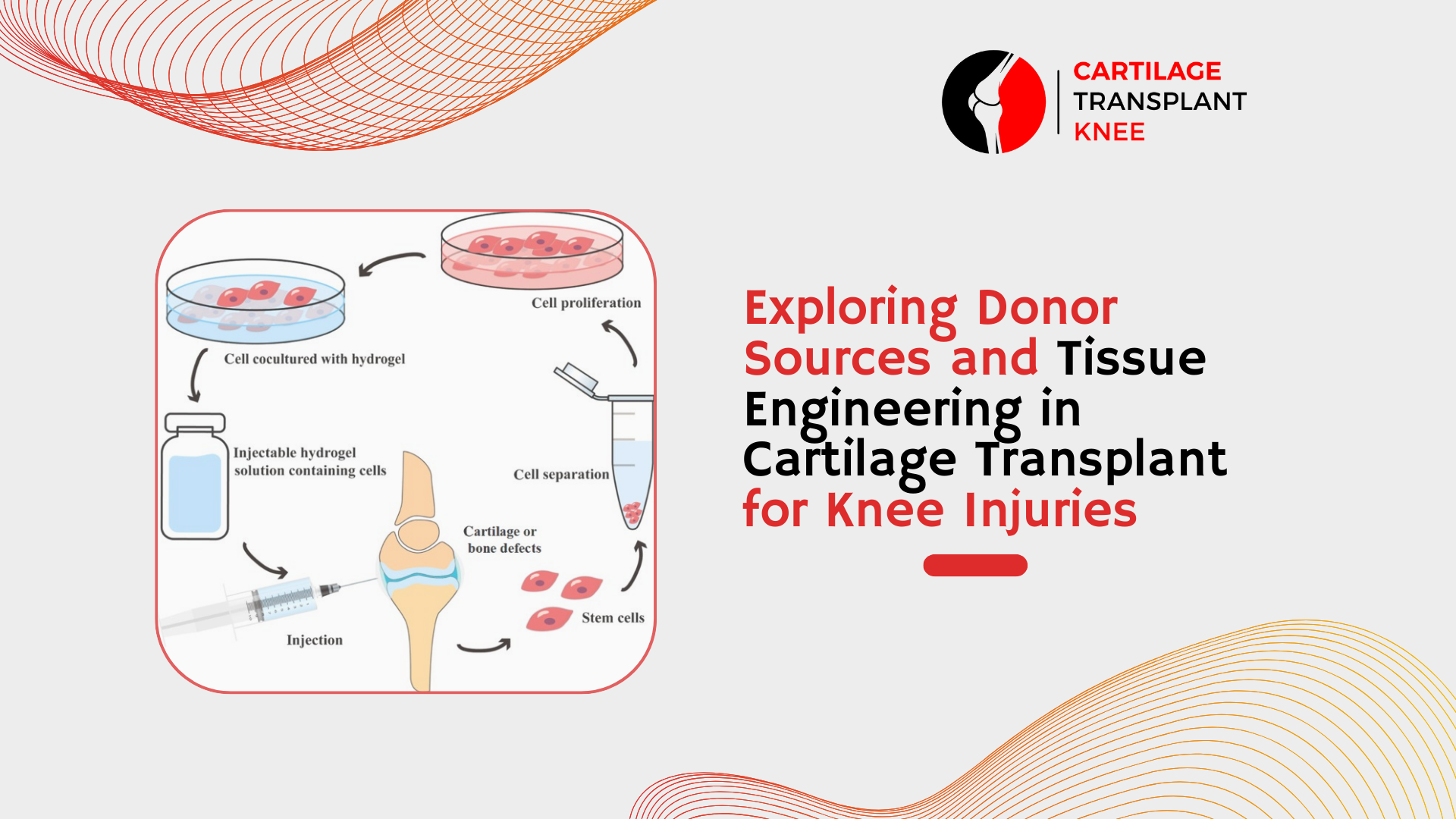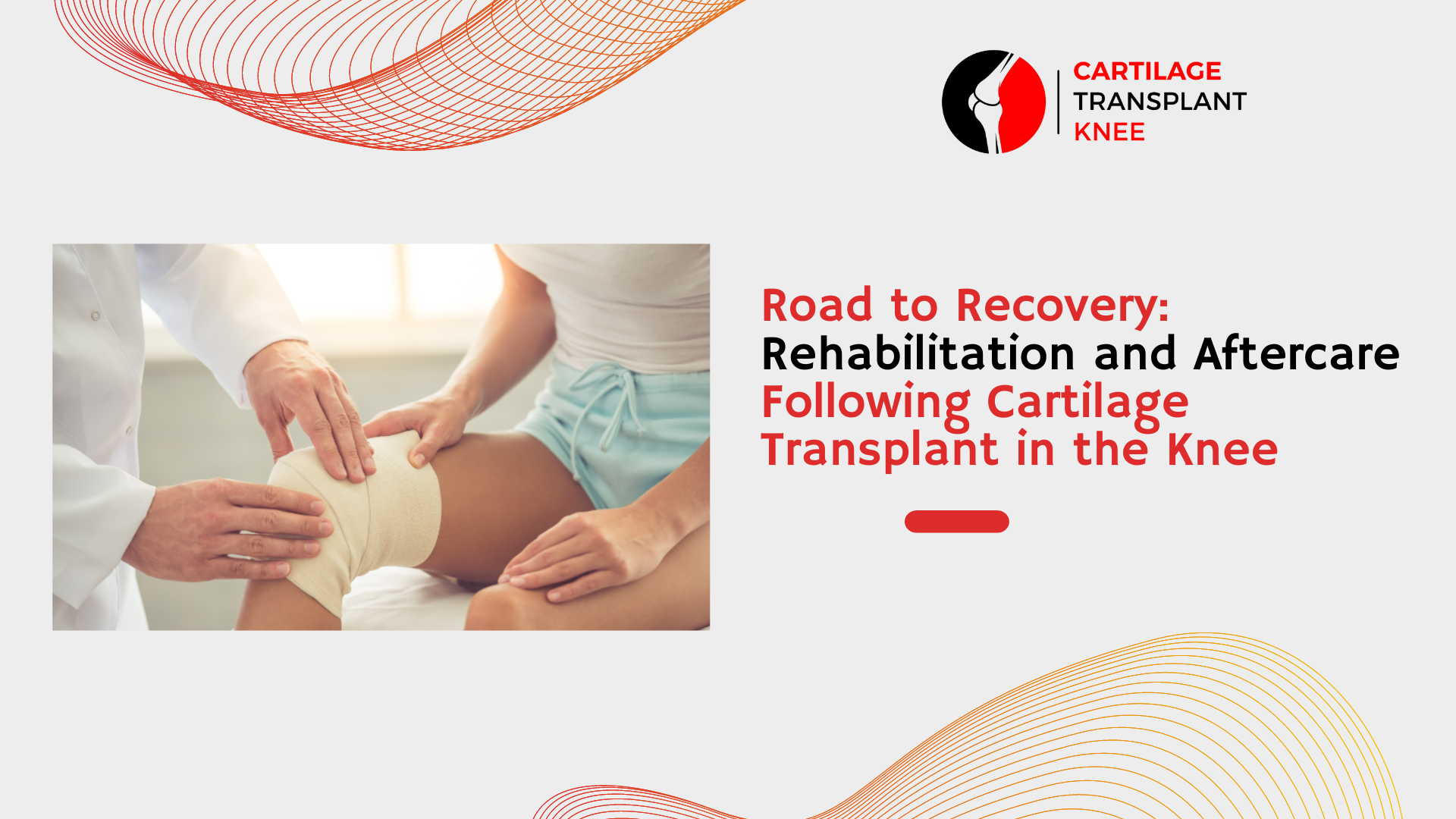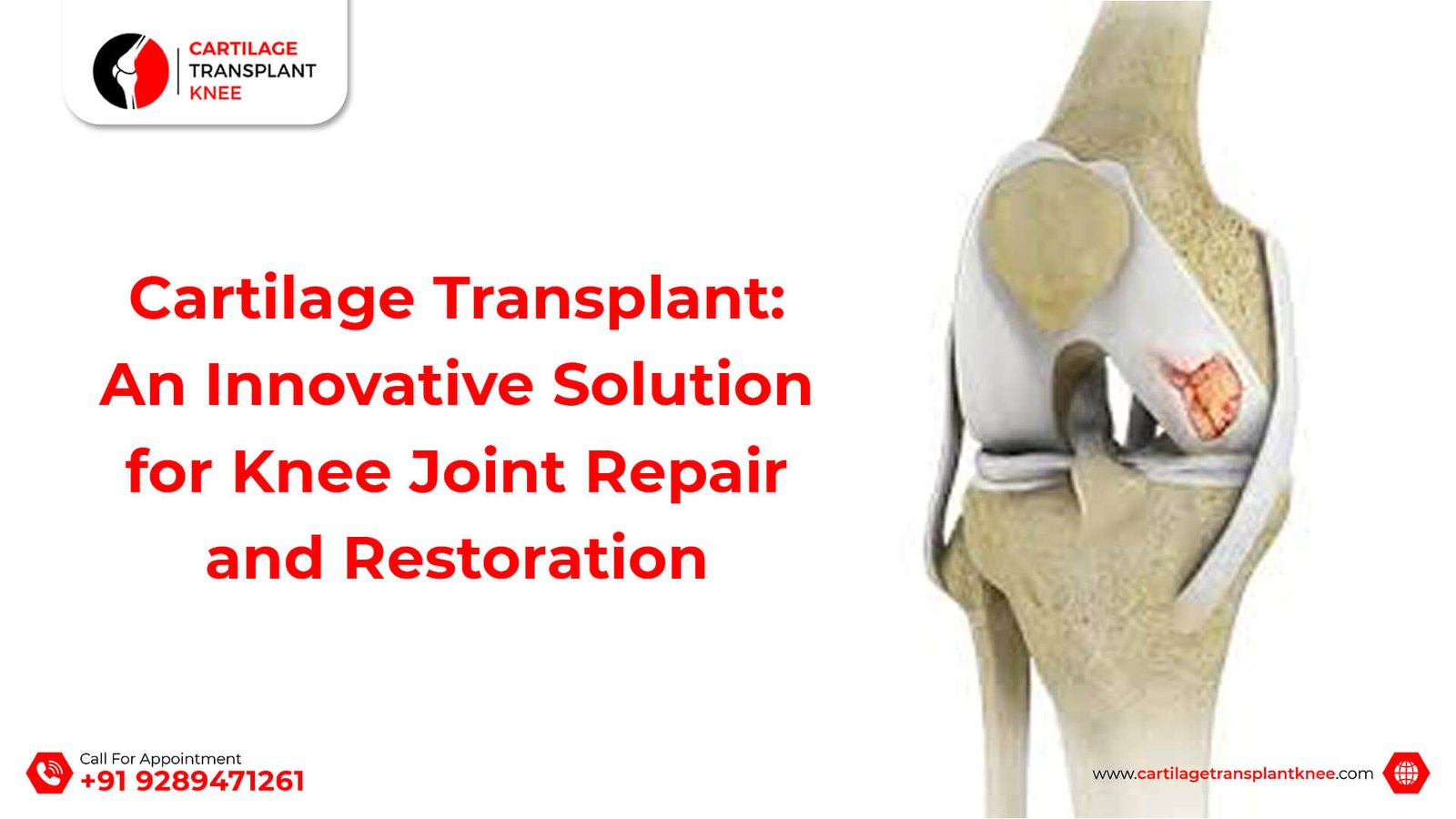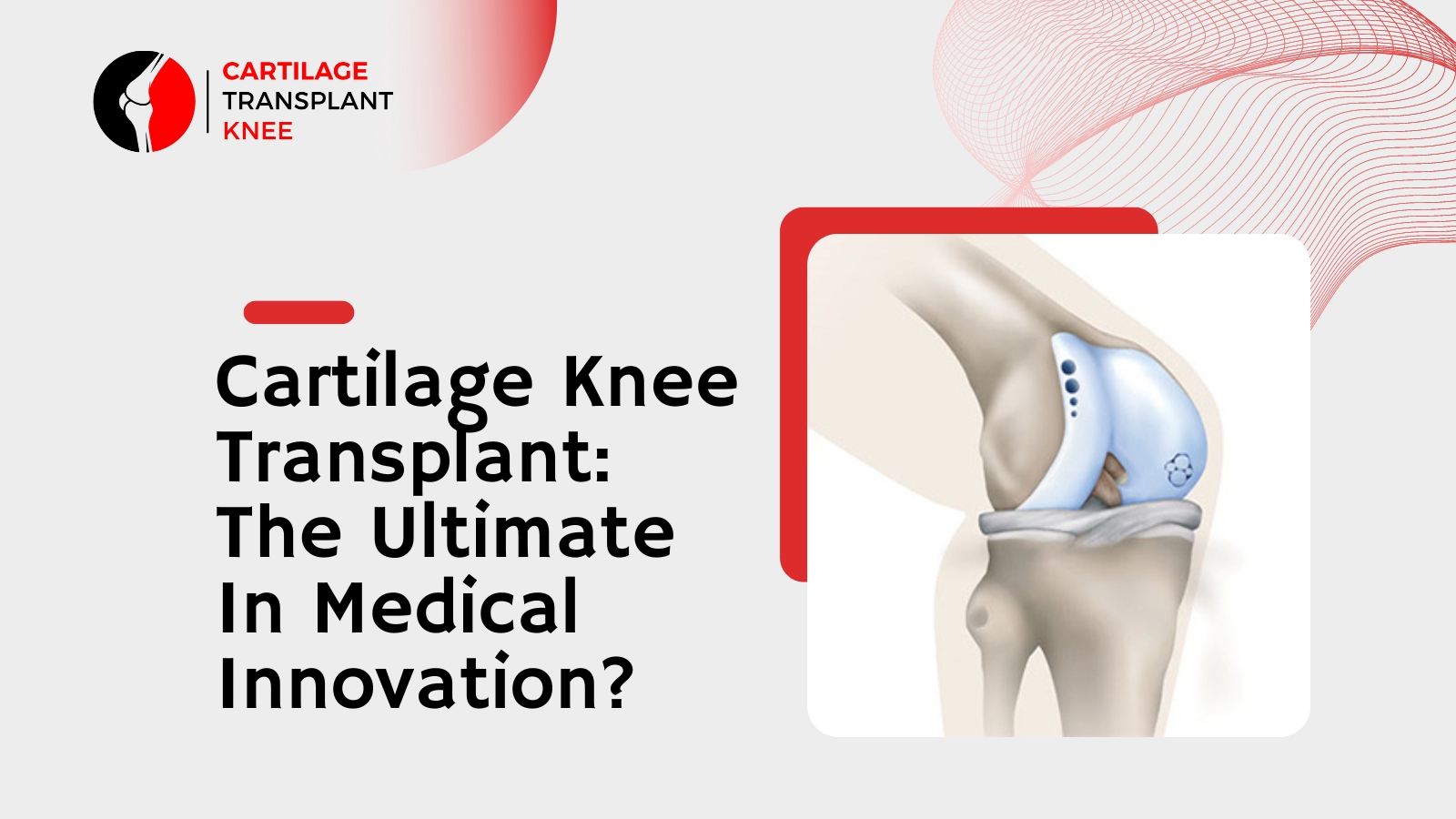Cartilage injuries in the knee can be debilitating, affecting mobility and causing persistent pain. Cartilage transplantation has emerged as an innovative solution to address these issues. As medical science advances, two crucial aspects are gaining prominence in the field of cartilage transplant: donor sources and tissue engineering. In this blog, we delve into the exploration of these key factors and how they contribute to the success of cartilage transplant for knee injuries.
Donor Sources in Cartilage Transplantation
Donor tissue plays a pivotal role in cartilage transplantation. The source of the donor tissue can vary, each with its own advantages and considerations:
1. Autografts: Autografts involve using cartilage tissue from the patient's own body, typically from a less weight-bearing area. This eliminates the risk of tissue rejection since the tissue is from the same individual. While autografts are a reliable option, they may be limited by the amount of available healthy cartilage.
2. Allografts: Allografts utilize cartilage tissue from a donor, often a cadaver. This option provides a larger pool of available tissue and can be advantageous for patients with extensive cartilage damage. However, there is a slight risk of tissue rejection, and thorough screening of donors is essential to minimize this risk.
3. Tissue Banks: Tissue banks store and provide high-quality allograft tissue for transplantation. These institutions rigorously test and screen the donor tissue to ensure safety and viability. Tissue banks have significantly contributed to expanding the availability of donor tissue for cartilage transplants.
Tissue Engineering: The Future of Cartilage Transplantation
Tissue engineering has opened up new possibilities for cartilage transplantation, offering the potential to create cartilage-like tissue in the lab. This approach involves combining cells, scaffolds, and growth factors to develop functional cartilage tissue for transplantation. Here's a closer look at the components of tissue engineering:
1. Cell Sources: Stem cells, chondrocytes (cartilage cells), and other cell types can be utilized as building blocks for tissue engineering. Stem cells hold particular promise due to their ability to differentiate into various cell types, including chondrocytes.
2. Scaffolds: Scaffolds provide a supportive structure for cell growth and tissue formation. They mimic the natural environment of cartilage and help guide the development of functional tissue. These scaffolds can be made from natural or synthetic materials.
3. Growth Factors: Growth factors are signaling molecules that promote cell proliferation, differentiation, and tissue formation. They play a crucial role in guiding the development of engineered cartilage tissue.
Benefits of Tissue Engineering in Cartilage Transplantation
1. Personalized Solutions: Tissue engineering allows for the creation of personalized cartilage tissue tailored to each patient's specific needs and extent of injury.
2. Unlimited Supply: Tissue engineering could potentially overcome the limitations of donor tissue availability, providing an unlimited supply of cartilage-like tissue for transplantation.
3. Reduced Rejection Risk: By using the patient's own cells, tissue engineering minimizes the risk of tissue rejection, eliminating the need for immunosuppressive drugs.
4. Accelerated Healing: Engineered tissue can be designed to promote faster and more efficient healing, potentially reducing recovery times.
Challenges and Future Directions
While tissue engineering holds immense promise, there are challenges to overcome, such as ensuring the quality and durability of the engineered tissue, as well as the complex regulatory approval process for such treatments. As technology advances and research progresses, tissue engineering techniques will likely become more refined, contributing to the evolution of cartilage transplantation.
Conclusion
Cartilage transplantation has revolutionized the treatment of knee injuries, offering renewed hope for those suffering from pain and limited mobility. The choice of donor tissue source, whether autografts, allografts, or tissue-engineered constructs, significantly impacts the success of the procedure. The emerging field of tissue engineering holds the potential to provide groundbreaking solutions, allowing for the creation of custom-made cartilage tissue for transplantation. As medical science continues to advance, the future of cartilage transplant for knee injuries appears brighter than ever, promising improved outcomes and enhanced quality of life for patients around the world.








